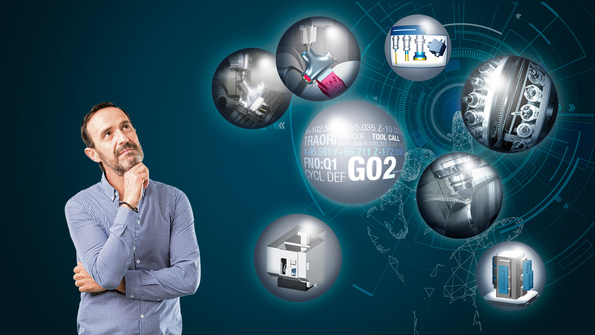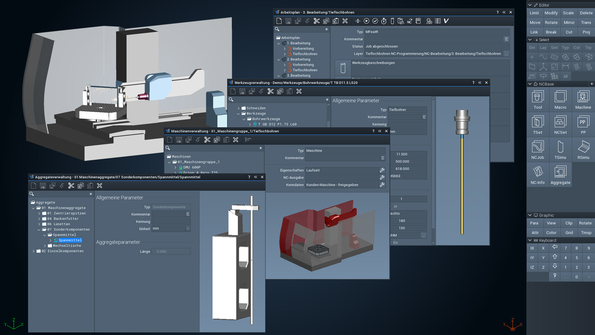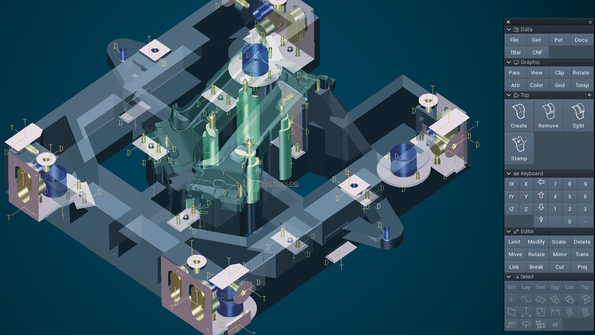What makes a modern CAM system?
Many aspects of CAM software today influence efficiency, quality and safety in production. They come to bear in various steps of the process chain. And of course technical advances continue to further improve the possibilities for manufacturing. Many users and inquirers ask themselves here: What actually matters? Regular updates, support for new technologies and practice-oriented development - these cannot always be taken for granted with the continuing market consolidation. And what about high-quality results, end-to-end integration and automation? I have taken a closer look at this exciting question and have many recommendations for you. Learn more in the report "What makes a modern CAM system?"
What actually matters? Here are 3 recommendations to start with:
1. CAM system with integrated simulation technology: Simulating toolpaths in a virtual machine environment provides users with a high degree of safety and realism. A digitized manufacturing environment should provide detailed, true-to-life digital twins of elements such as machines, tools, clamping devices and units with their respective geometric and technical properties.
1. CAM system with integrated simulation technology: Simulating toolpaths in a virtual machine environment provides users with a high degree of safety and realism. A digitized manufacturing environment should provide detailed, true-to-life digital twins of elements such as machines, tools, clamping devices and units with their respective geometric and technical properties.
2. Digitalized manufacturing knowledge in internal system libraries ensures safety, standardization and automation in programming and manufacturing. A modern CAM system should select suitable and available tools and calculate collision-checked NC programs that are optimally matched to the manufacturing environment.
Request report: "What makes a modern CAM system?"


Our blog author:

As a trained mechanical engineering technician specializing in manufacturing as well an IHK (Chamber of Industry and Commerce) certified technical product manager and marketing manager (IMM), I understand both perspectives: that of the user and that of the decision-maker. For me, it is important when assessing technical innovations to also keep an eye on the economic benefit for our customers. I have a special soft spot for production machining, focusing on virtual machine technology and turning.


